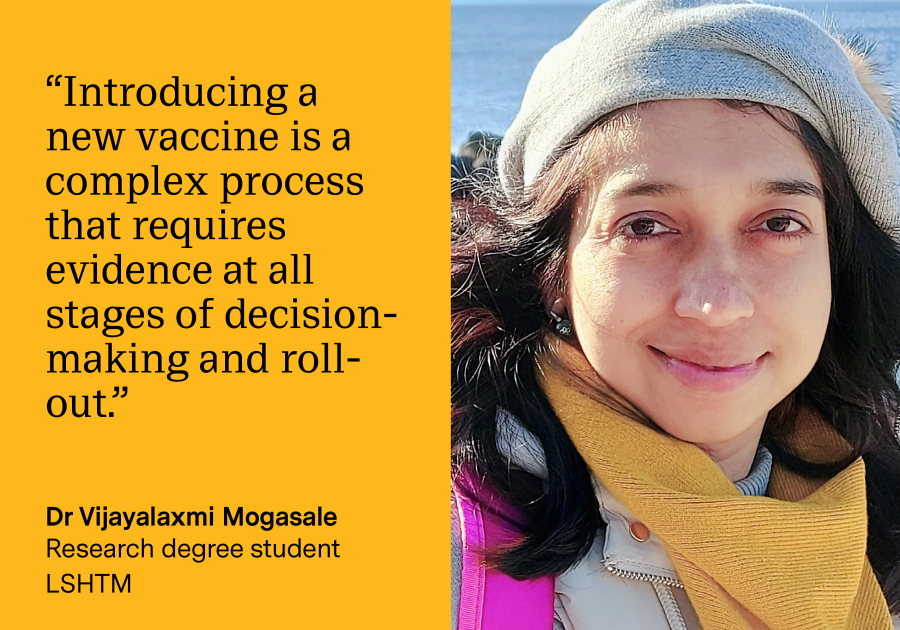
Typhoid fever is a water and food-borne multi-system disease with an estimated 4.5 million cases annually in India alone. Four typhoid conjugate vaccines (TCV) are licensed and available on the private market in India. Introducing and using these safe and effective vaccines in the national routine immunisation programme however requires a number of complex steps. Decision-makers need to evaluate all relevant evidence and weigh up the benefits of the typhoid vaccine versus other health interventions competing for limited resources.
The World Health Organization (WHO) recommends the use of a decision-making framework for the introduction of a new vaccine. This ensures that the most important decision criteria are considered. These criteria include the disease burden, benefits and harms of the intervention, values and preferences of the target population, acceptability to stakeholders, resource use, equity, and feasibility. These broad criteria have multiple evidence factors that need to be adapted to the country context.
Our research, published in BMJ Public Health, looked at the evidence requirements for decision-making in the context of TCV. By adapting and dissecting the criteria under the WHO’s framework, we identified 45 key evidence factors for decision-making in India.
To do this, we first analysed existing evidence based on a literature review of the 45 evidence factors and assigned an evidence gap score for each factor based on the availability, sufficiency, quality, breadth, and applicability of evidence. In the next step, we surveyed the key immunisation stakeholders involved in national decision-making. We asked them to rank the importance of the seven WHO’s Evidence-to-Recommendation criteria and the 45 evidence factors within them. We assigned each evidence factor an importance score based on the stakeholders’ perceived importance ranking. Finally, we combined the evidence gap score with the importance score and prioritised what research was needed to support decision-making at the current stage.
Our findings listed further research priorities under three domains: exploring the acceptability of the vaccine to healthcare workers and the public, financial considerations around the budget requirements, and the health and economic burden of typhoid fever, including antimicrobial resistance tracking.
Our approach of adapting the WHO Evidence-to-Recommendation criteria, synthesising and quantifying existing evidence, scoring decision-makers' perceived importance of evidence, and combining these pieces of evidence for the quantification of further research priorities can be applied to other vaccine decision-making in similar settings. It clearly shows how important it is to first understand priorities in a particular country context before acting on evidence and identifying research needs.
LSHTM's short courses provide opportunities to study specialised topics across a broad range of public and global health fields. From AMR to vaccines, travel medicine to clinical trials, and modelling to malaria, refresh your skills and join one of our short courses today.
